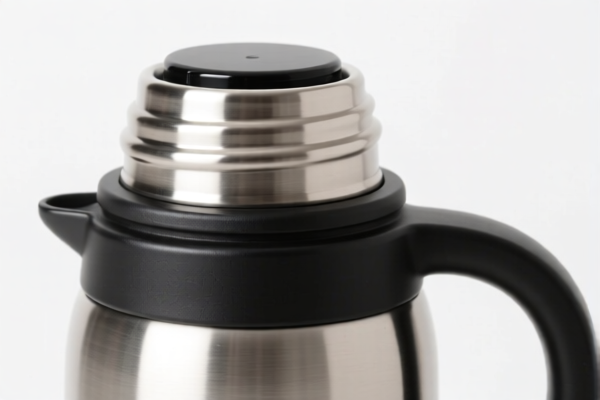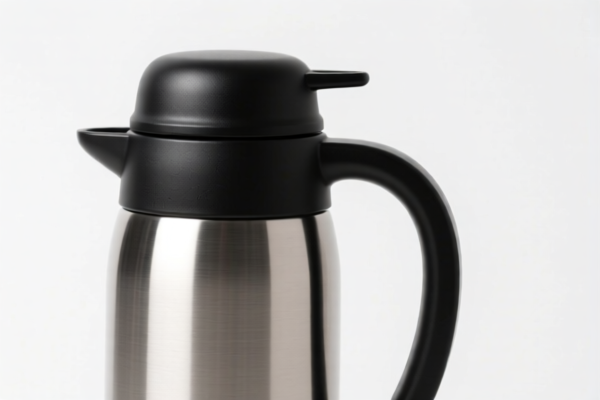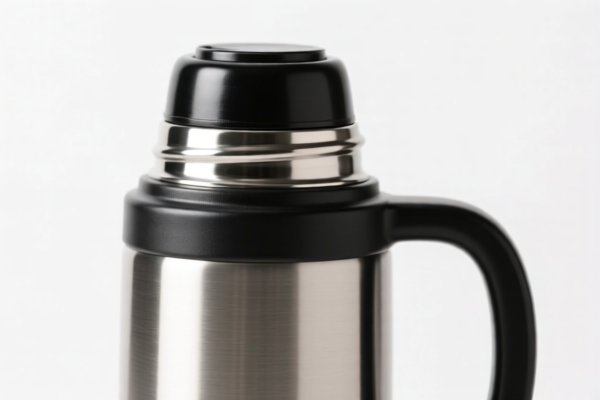| HS Code | Official Doc | Tariff Rate | Origin | Destination | Effective Date |
|---|---|---|---|---|---|
| 9025112000 | Doc | 30.0% | CN | US | 2025-05-12 |
| 9025114000 | Doc | 30.0% | CN | US | 2025-05-12 |
| 9018902000 | Doc | 55.0% | CN | US | 2025-05-12 |
| 9018907580 | Doc | 55.0% | CN | US | 2025-05-12 |
| 9025198010 | Doc | 55.0% | CN | US | 2025-05-12 |




Thermometer
A thermometer is a device used to measure temperature. It operates on the principle that some physical property of matter changes predictably with temperature.
Materials
Historically, thermometers were primarily constructed using glass and filled with mercury or alcohol. Modern thermometers utilize a wider range of materials, including:
- Glass: Still used in some liquid-filled thermometers, offering visibility of the temperature-indicating liquid.
- Mercury: Though less common now due to toxicity concerns, mercury was favored for its consistent thermal expansion and visibility.
- Alcohol: Typically ethanol or toluene, used as a safer alternative to mercury. Often dyed for easier readability.
- Digital Sensors: Thermistors and resistance temperature detectors (RTDs) are semiconductors whose electrical resistance changes with temperature.
- Infrared Sensors: Used in non-contact thermometers, detecting thermal radiation.
- Bimetallic Strips: Composed of two different metals with differing thermal expansion rates, bending with temperature changes.
Purpose
The primary purpose of a thermometer is to provide a quantitative measure of hotness or coldness. This measurement is crucial in numerous applications.
Function
Thermometers function by exploiting a temperature-dependent physical change.
- Liquid Expansion Thermometers: The liquid expands or contracts within a calibrated tube as temperature changes, indicating the temperature on a scale.
- Digital Thermometers: Sensors convert temperature into an electrical signal processed and displayed digitally.
- Infrared Thermometers: Detect infrared radiation emitted by an object, converting it into a temperature reading.
- Bimetallic Strip Thermometers: The bending of the strip drives a pointer or activates a switch, indicating or controlling temperature.
Usage Scenarios
Thermometers are employed in a vast range of contexts:
- Medical: Measuring body temperature to detect fever or illness.
- Meteorological: Assessing air and water temperature for weather forecasting.
- Industrial: Monitoring and controlling temperatures in manufacturing processes, chemical reactions, and power generation.
- Food Safety: Ensuring proper food storage and cooking temperatures.
- HVAC: Controlling heating, ventilation, and air conditioning systems.
- Scientific Research: Precise temperature measurements in experiments.
- Household: Room temperature monitoring, oven/cooking temperature checks.
Common Types
- Liquid-in-Glass Thermometers: Traditional mercury or alcohol thermometers. Becoming less common due to safety and accuracy concerns.
- Digital Thermometers: Provide precise, easy-to-read measurements. Available in various forms (oral, rectal, axillary, ear, forehead).
- Infrared Thermometers (Non-Contact): Measure temperature from a distance, useful for scanning surfaces or moving objects.
- Bimetallic Strip Thermometers: Often found in ovens, thermostats, and dial thermometers.
- Thermocouples: Used in industrial applications for high-temperature measurements.
- Resistance Temperature Detectors (RTDs): Provide highly accurate temperature readings, common in scientific and industrial settings.
- Thermistors: Semiconductor-based sensors offering high sensitivity, used in digital thermometers and control systems.
Thermometers are instruments used for measuring temperature. Based on the provided information, several HS codes may be relevant depending on the specific type of thermometer.
- 9025112000: This HS code covers clinical liquid-filled thermometers for direct reading. '90' indicates instruments for measuring, checking, or testing; '25' specifies hydrometers, similar floating instruments, thermometers, etc.; '11' further specifies thermometers and pyrometers, not combined with other instruments; '20' denotes liquid-filled, for direct reading; and '00' signifies clinical thermometers.
- 9025114000: This HS code also covers liquid-filled thermometers for direct reading, but categorizes 'Other' types that are not specifically clinical. The breakdown is similar to 9025112000, with '40' representing 'Other' liquid-filled thermometers for direct reading.
Regarding HS code 9025112000 and 9025114000, both have a base tariff of 0.0% and an additional tariff of 0.0%. However, a 30.0% additional tariff will be applied after April 2, 2025. Therefore, the total tariff rate will be 30.0% after this date.
Customer Reviews
No reviews yet.